The Christmas tree is the centrepiece of decorating the house at Christmas time. Summertime New Zealand is an odd backdrop for the bushy alpine trees that suddenly appear in living rooms across the country, but tradition is a powerful force and there won’t be many families without some type of Christmas tree this year. So how do you choose the right Christmas tree for your family?
Will you celebrate Christmas with a fake or real tree?
Using a tree to symbolise life is strongly associated with Christmas but has been going on since before Jesus was born. Egyptians brought green palm branches into their homes on the shortest day of the year in December as a symbol of life’s triumph over death. In the Middle Ages, the Paradise tree – an evergreen hung with red apples – was the symbol of the feast of Adam and Eve held on December 24th.
But not all of us have space in our house for a huge Christmas tree. The first thing your family needs to decide is whether you want to go fake or real. Not all of us want a northern hemisphere alpine tree that wilts in the New Zealand summer heat and drops needles all over the floor.
Most of us will choose between a cut pine tree and an artificial tree. It’s hard to decide the better option in terms of decorating, cost and environmental concerns all of us have different tastes, budgets and desires.
Fake or real: the eco Christmas tree option
Most live Christmas trees come either from small plantations dedicated to growing trees just for Christmas or are the rejects from large pine plantations. Using pine plantation “thinnings” (as the rejects are known) for Christmas trees could be considered a form of recycling.
Another option is to buy a live tree that’s used indoors for Christmas decoration and either kept in a pot to be re-used every year or later planted outdoors for landscaping. The trend is driven by people that like to watch their tree grow with their family and see it as a reminder of special Christmas occasions.
Artificial trees are easy to store and use year in year out, but most fake trees are made from PVC. G magazine says one kilo of PVS gobbles over a kilo of fossil fuels plus half a kilo of minerals and 10 L of water. The process also releases about two kilograms of CO2 – which contributes to climate change – and eight grams of hazardous waste. Not ideal if you want to be a good eco citizen.
However, a fake tree can be used year in and year out, making it a one-off cost that services a family over and over again.
G magazine says real trees are the way to go for families who want to make an environmental contribution to Christmas, as real trees use fewer resources, create less pollution and can be recycled.
When buying a real tree, try to make sure it has come from a local farm and hasn’t been transported a long way on the back of a truck. Trees that have come from timber plantations are the best because no extra resources were used to grow them.


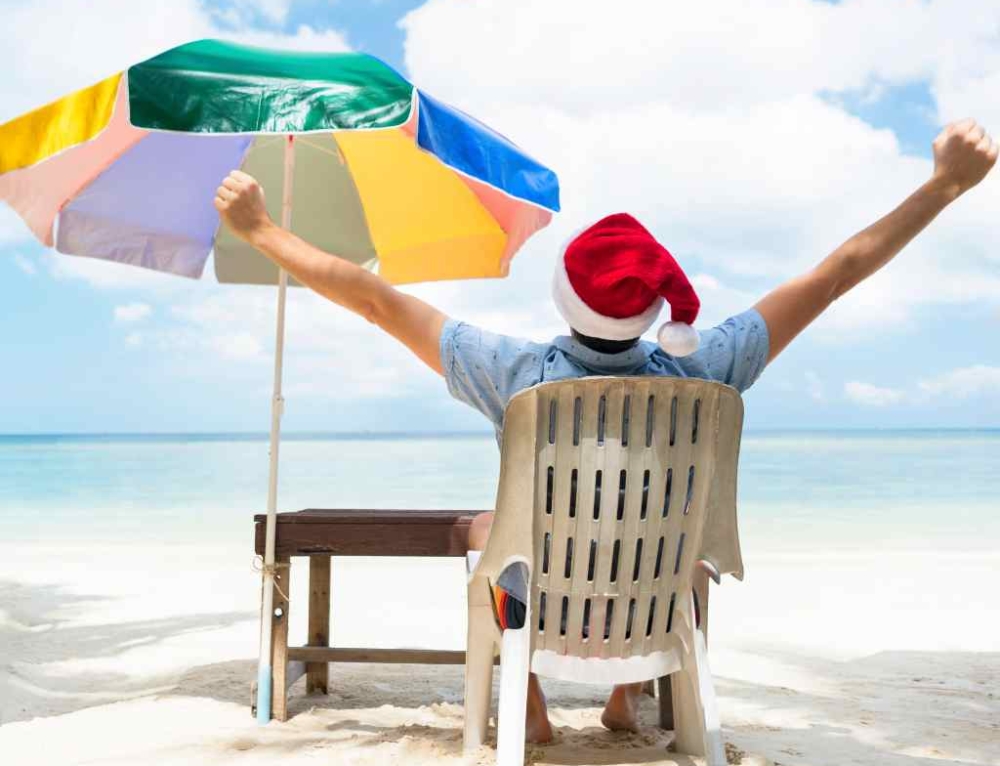
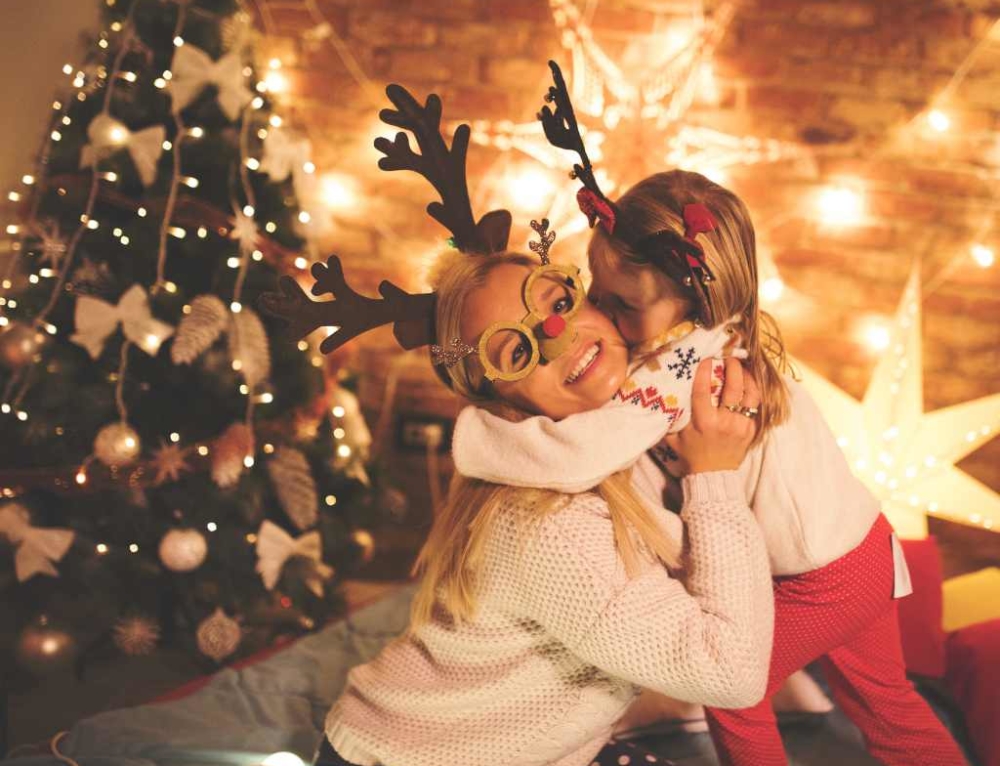
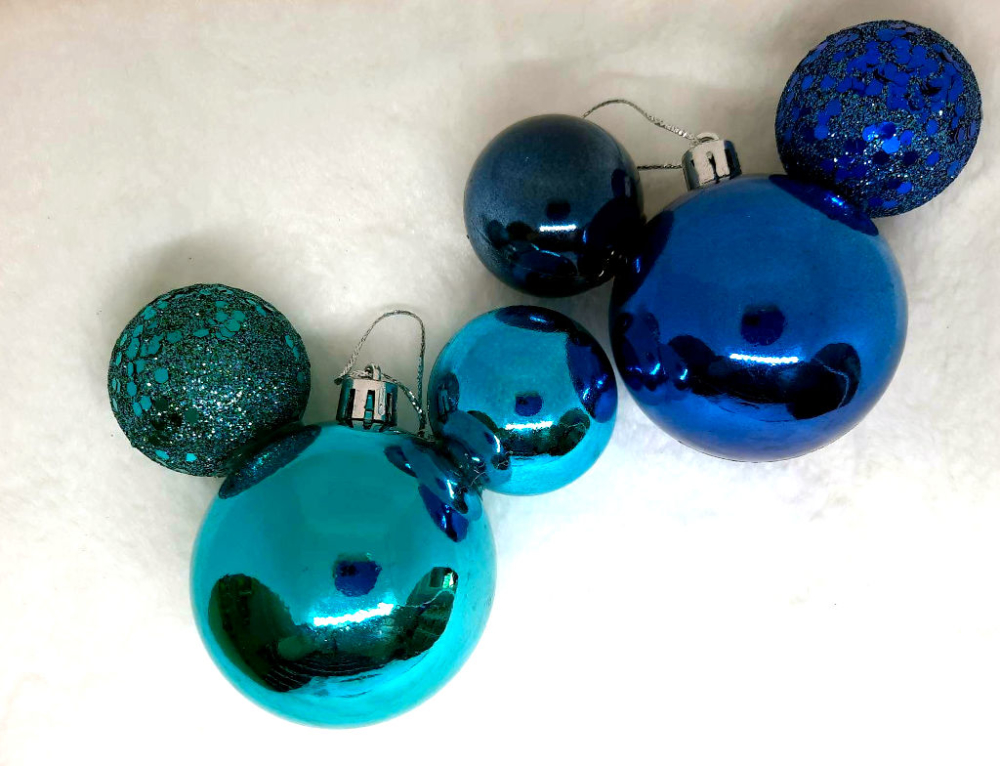
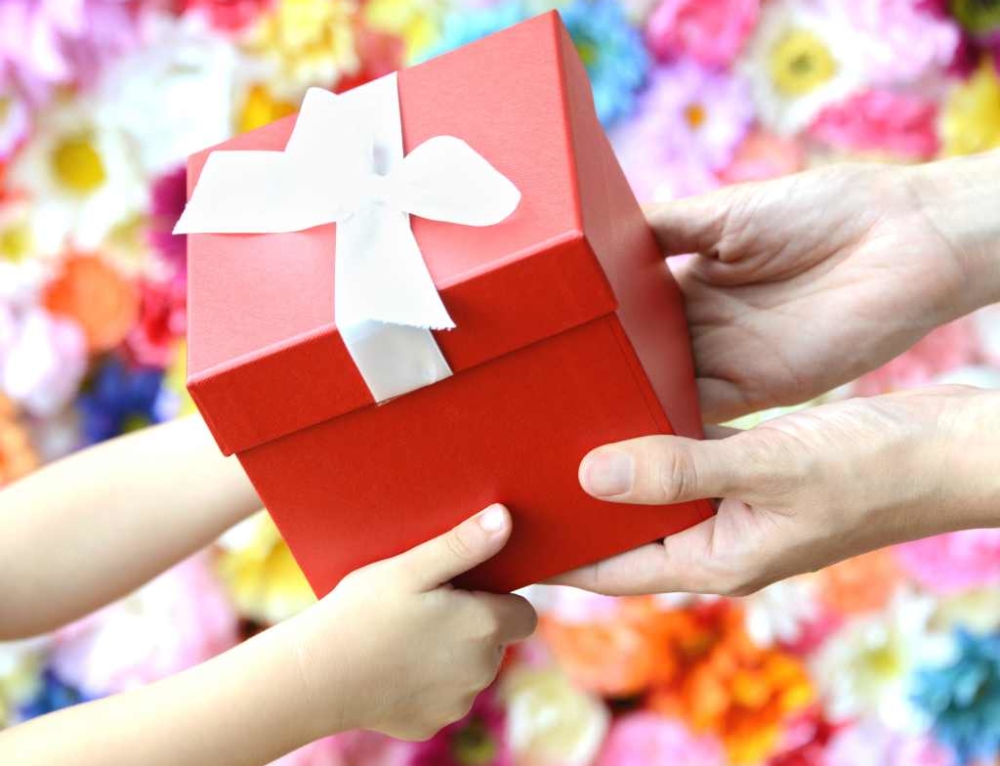
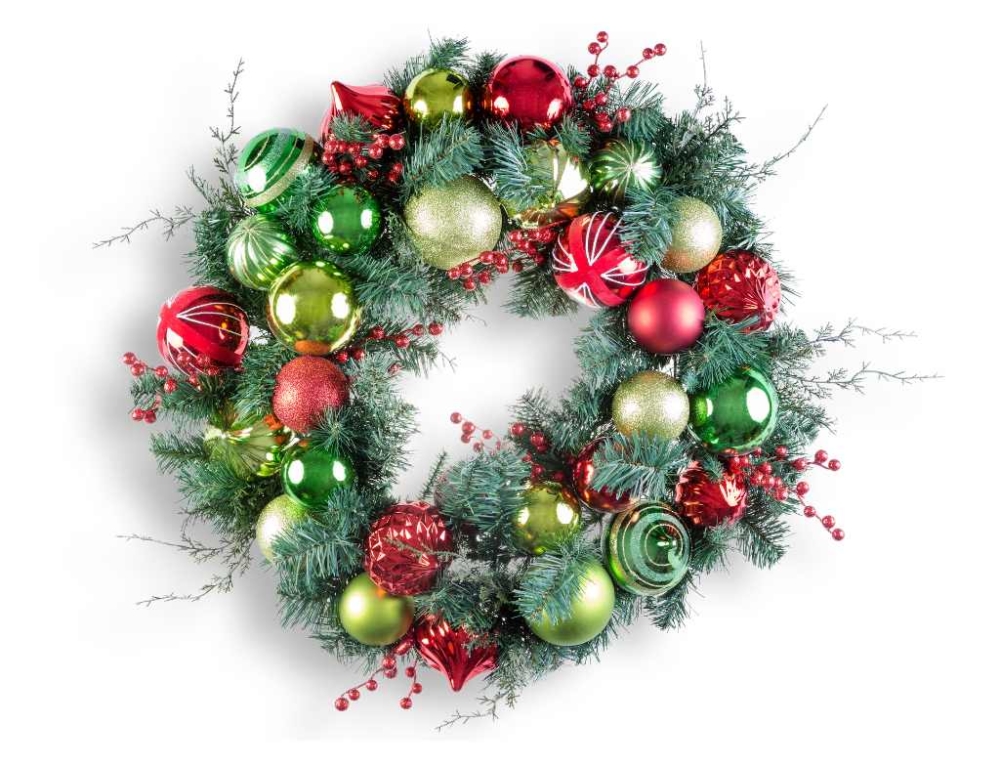
Leave A Comment
You must be logged in to post a comment.